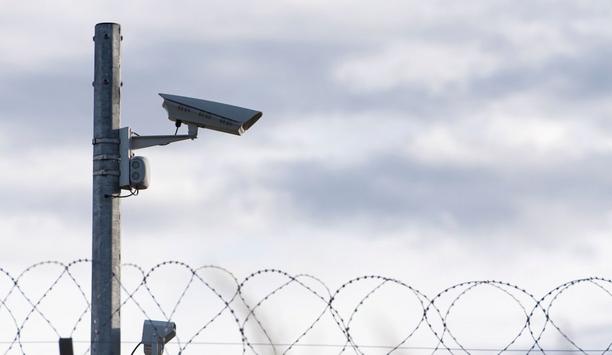 |
| Biometric cards provides an easy way for to provide a biometric upgrade to access control systems using card readers |
More and more, security professionals using card-based front ends for their access control systems have been worried about the security of their proximity systems. They know, that for $200 or less, their proximity system can be violated. Kim Humborstad, CEO of Zwipe points out that proximity systems do not offer a challenge response; they only use passive authentication. The card simply sends the exact same 32 bits each time. A proximity card is easy to mimic. Just record an AM broadcast and replay it. An AM transmitter costs only $30 to build.
It is straightforward to read a proximity card from close range with standard lab equipment. The card can also be easily read from several feet away. Inexpensive card sniffing devices can be bought online that will effortlessly pull the card number and replay it at critical access points.
Meanwhile, they have a slew of proximity readers installed and the CFO is not going to be happy to hear they need to tear out all your proximity card readers to secure their facilities. Add a PIN, someone advises. That means adding keypads to all the readers, which means there needs to be some type of switch out plus, as everyone knows, PINs have security issues of their own.
Adding biometrics will help secure the facility - but at what cost?
Only biometrics provides the solution for authenticating “who” is at the door and stopping sniffing. In a perfect world, facilities would have a biometrics reader at every door that would need higher security. Of course, that would still mean ripping out the present proximity card readers and having to budget the money for new biometric readers plus the investment of making sure that the biometric integrates into the present access control system.
However, what if the biometric was put directly on the card? The proximity card credential with on-card fingerprint reading would provide all the assets of the proximity card and eliminate its most glaring deficiencies, not knowing who is holding it as well as eliminate the problems of sniffing.
A biometric card quickly reads the user’s fingerprint in less than a second. Eliminating the problems of solely deploying proximity cards, the wirelessly powered biometric card lets users authenticate themselves directly on the card through something they are, a fingerprint or thumbprint. Only then will the card system activate the lock. This is much more secure than simply using a standard proximity card, which verifies only something the user carries and can easily be duplicated.
With a biometric proximity card (or biometric smart card) security managers and their integrators can use biometrics on high security openings |
The precept is simple. An on-card fingerprint scanner with 3D capacitive technology resides on the contactless card which has universal compatibility with all ISO 14443 readers (the standard contactless card reader) from the leading brands. The biometric card is DESFIRE EV1 and MIFARE Classic compatible, meaning it works with proximity card readers as well as smart card readers. Without having to change out an organization’s existing readers, the biometric card provides an easy, low cost way for security manager to provide a biometric upgrade to access control systems using card readers.
Importantly, the biometric card is more secure to use than other available ID and authentication solutions on the market today. The fingerprint data is captured by the on-card fingerprint scanner and is thereafter encrypted and stored only inside the card. No exchange of data is conducted with external systems. This provides secure template management since the fingerprint never leaves the card. It also eliminates user concerns with privacy issues. The card is unique to the user and only the authorised card holder can activate card communication with the reader. When a positive match occurs, the biometric card activates encrypted communication with the lock or reader in the same way as other ISO 14443 contactless smart cards.
Problem solved - keep using your proximity systemNo longer do security professionals need to worry about quickly replacing their proximity card readers to secure their facilities. With a biometric proximity card (or biometric smart card) security managers and their integrators can use biometrics on high security openings, such as a hospital pharmacy, IT server room or special research lab, without having to switch out their proximity readers for biometric readers."
Biometric cards can be issued to key staff and personnel providing the enhanced security benefits of 2-factor biometric authentication without any changes to their existing access control system software or proximity readers. They simply add the biometric card into their system in the same way they incorporate their present proximity cards, all the while extending the life and return on investment of their installed proximity card systems.






















